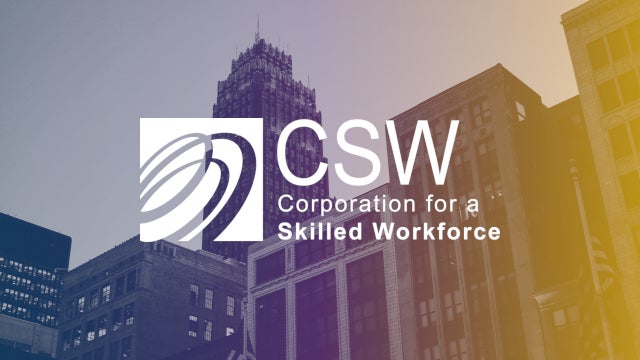The on-demand economy has a lot to offer workers — flexibility, independence, and access to more work and supplemental income. But those who work independently don’t have access to the package of worker protections and benefits traditionally accessed through full-time employment. What would paid time off look like for an Uber driver? What kind of retirement savings vehicle makes sense for an AirBnB host? All of this leaves us with the trillion-dollar question: How do we create a modern social safety net for the workforce of today?
Our social safety net was designed for, and remains primarily built into, the work arrangements of a previous era. Without new innovations, we risk leaving a large swath of workers behind. Economists Alan Krueger and Larry Katz found that between 2005 and 2015, the number of workers in “alternative relationships” increased by more than half, from 10 to 16 percent of the workforce. That’s 10 million people.
In dozens of conversations we’ve had with policymakers at the municipal, state, and federal level, the overwhelming questions they ask are, “What can be done? What should we do?” Lawmakers need a single resource with background on the interwoven issues, highlights of current policy ideas, and suggestions of possible next steps for action, particularly at the state and local level. They need creative solutions that can preserve the flexibility provided by on-demand economy work, while continuing to ensure stability for workers no matter how they access work.
Building on policymakers’ request, and the call issued last year by 40 executives and public policy experts to begin updating our social safety net, the Aspen Institute Future of Work Initiative created a Portable Benefits Resource Guide suggesting next steps for action. The Guide calls on cities and states to embrace their role as the laboratories of democracy, and launch pilot projects and other initiatives that would serve to help better understand the changing workforce and to act as catalysts for the creation of a high-quality modern social safety net.
We propose states and local jurisdictions work with on-demand economy companies and other non-traditional employers, as well as worker advocates and benefit providers, to create “Benefit Innovation Zones” — to experiment with piloting new benefit packages and other workplace protections. Pilot programs will help policymakers see what might work, what workers need, what companies are willing to provide, and what other intermediaries might need to be formed to support and administer the benefits.
We also propose initiating a competition to help inspire and support new models — a “Portable Benefits Innovation Challenge” to help local jurisdictions develop new ideas and set up new systems. The Challenge would be designed for cities, counties or states to build multi-sector teams that develop unique ways to provide benefits and protections to independent workers.
Short of pilot projects, there are ways cities and states can begin engaging on these issues, from initiating a local data collection process to better understand an area’s on-demand community, to creating an advisory council that brings a broad range of stakeholders together to brainstorm solutions.
The annual Summer Meeting of the National Governors’ Association kicked off in Des Moines on July 14, and a key theme for state policymakers in the coming year will be how best to support innovation and independent workers. For those of us who want to see a path forward that can benefit workers and businesses alike, we hope they take up these issues with some urgency. While our ultimate goal should be a federal solution that can be applied evenly across the country, innovative solutions to these challenges will inevitably be developed and tested on a smaller scale first.
It’s time to embrace the spirit of experimentation in responding to the realities of today and the challenges of tomorrow. State and local efforts have played a pivotal role in shaping the current American safety net — and they just might be the inspiration needed to lead to big solutions for the future.
Read the full Portable Benefits Resource Guide here.

